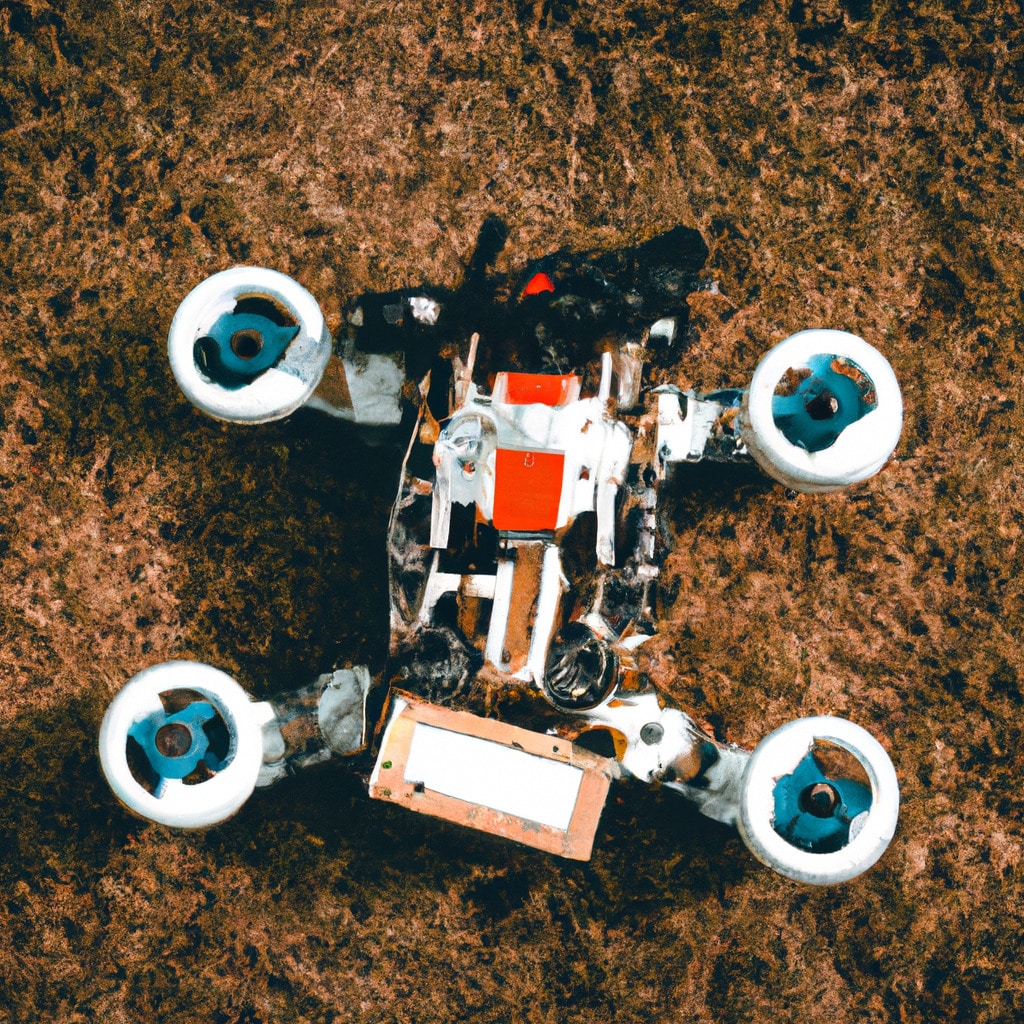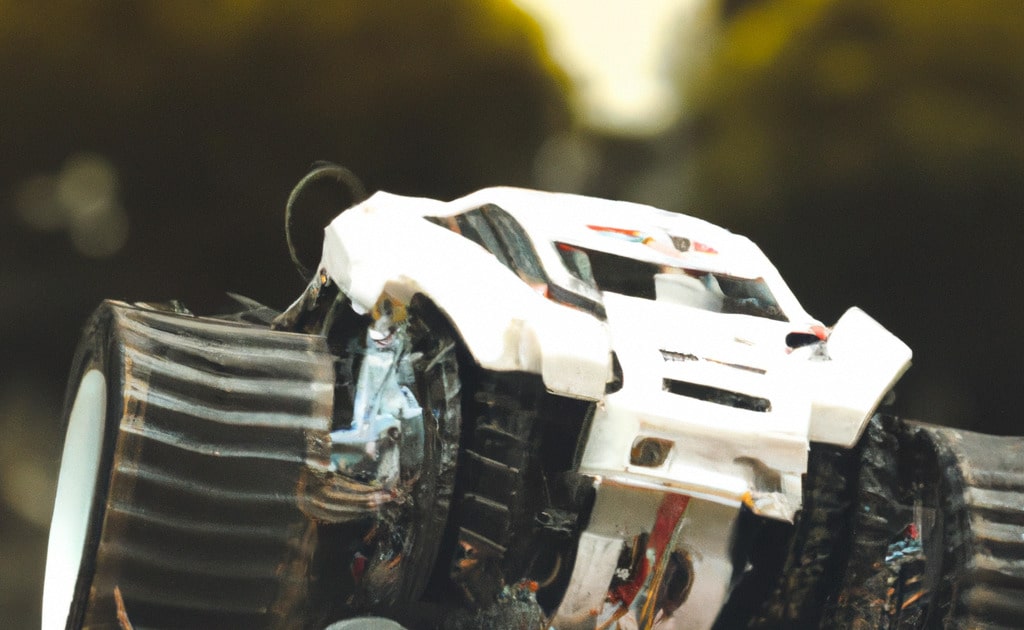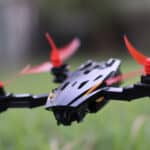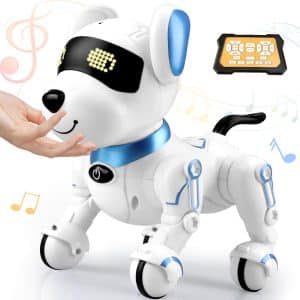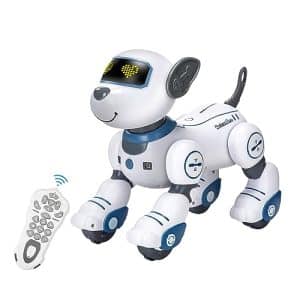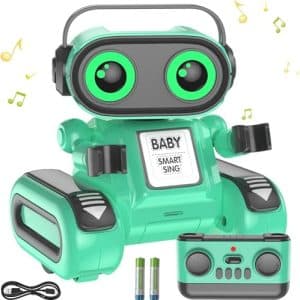In today’s technologically advanced world, remote control (RC) robots have emerged as more than just toys. These fascinating machines have become valuable tools for education, offering a wide range of benefits for learners of all ages. From fostering creativity and problem-solving skills to promoting teamwork and critical thinking, RC robots have the power to revolutionize the way we learn and play. In this article, we will explore the educational benefits of RC robots and delve into the exciting possibilities they offer for both children and adults alike.
With their ability to be controlled remotely, RC robots provide an interactive and hands-on learning experience. They allow users to explore various scientific concepts, such as physics, engineering, and programming, in a fun and engaging way. By manipulating the robots and observing their movements, learners can gain a deeper understanding of how different forces and mechanisms work.
One of the key advantages of RC robots is their versatility. They come in various forms, from humanoid robots to drones and rovers, each offering unique learning opportunities. For instance, humanoid robots can teach children about human anatomy and biomechanics, while drones can introduce them to the principles of flight and aerial photography. The diverse range of RC robots ensures that there is something for everyone, catering to different interests and learning styles.
Another significant benefit of RC robots is their ability to foster creativity and problem-solving skills. As users navigate their robots through obstacles or design custom features, they are encouraged to think critically and find innovative solutions. This process of trial and error not only enhances problem-solving abilities but also nurtures a growth mindset, teaching learners that failure is a stepping stone towards success.
Furthermore, RC robots promote teamwork and collaboration. Many educational settings, such as schools and robotics clubs, incorporate RC robots into group activities and competitions. This encourages students to work together, share ideas, and communicate effectively. By collaborating on projects and solving challenges as a team, learners develop essential social and interpersonal skills that are crucial in today’s interconnected world.
In addition to their educational benefits, RC robots also offer a range of practical skills. For example, programming RC robots introduces learners to coding concepts, helping them develop computational thinking and logical reasoning. These skills are highly sought after in today’s job market, making RC robots a valuable tool for preparing students for future careers in STEM fields.
As technology continues to advance, the potential of RC robots in education is only growing. With the integration of artificial intelligence and machine learning, these robots are becoming even more intelligent and capable. They can adapt to individual learning needs, provide personalized feedback, and create immersive learning experiences. The future of education is undoubtedly intertwined with the possibilities offered by RC robots.
In conclusion, RC robots have emerged as powerful educational tools, offering a multitude of benefits for learners of all ages. From promoting creativity and problem-solving skills to fostering teamwork and introducing practical STEM skills, these robots have the potential to revolutionize the way we learn and play. As we continue to explore the possibilities of RC robots, it is clear that they are not just toys but gateways to a world of knowledge and discovery.
Enhancing STEM Learning Through Hands-on Exploration
RC robots provide an excellent platform for enhancing STEM (Science, Technology, Engineering, and Mathematics) learning through hands-on exploration. By engaging with these robots, learners can gain practical experience in various STEM disciplines and develop a deeper understanding of complex concepts.
One of the key advantages of RC robots is their ability to bring abstract concepts to life. Students can experiment with different forces and observe their effects on the robot’s movement, allowing them to explore concepts like acceleration, momentum, and friction in a tangible and interactive way.
In the field of engineering, RC robots offer a unique opportunity for learners to design, build, and test their own creations. By applying principles of mechanical engineering, students can construct robots with specific functionalities and features. This hands-on approach not only reinforces theoretical knowledge but also fosters creativity and problem-solving skills.
Furthermore, programming RC robots introduces learners to the world of coding and computer science. By writing code to control the robot’s movements and actions, students develop a solid foundation in programming logic and algorithmic thinking. They can experiment with different commands and sequences, gaining a deeper understanding of how code translates into real-world actions.
The hands-on nature of RC robots also makes them an ideal tool for teaching mathematics. Students can use robots to explore geometric concepts, such as angles, shapes, and symmetry. They can program the robot to follow specific paths or solve mathematical puzzles, providing a practical application of mathematical principles.
In addition to the specific STEM disciplines, RC robots promote cross-disciplinary learning. When designing a robot, students need to consider both the mechanical and electrical aspects, integrating knowledge from multiple fields. This interdisciplinary approach encourages learners to think holistically and make connections between different areas of study.
Moreover, RC robots can be used to address real-world challenges and societal issues. For example, students can design robots to assist in disaster response scenarios or explore sustainable energy solutions. This not only engages learners in meaningful projects but also instills a sense of social responsibility and encourages them to think about the impact of technology on society.
Overall, RC robots offer a unique and engaging way to enhance STEM learning. By providing hands-on exploration and practical application of concepts, these robots inspire curiosity, creativity, and critical thinking skills in learners of all ages.
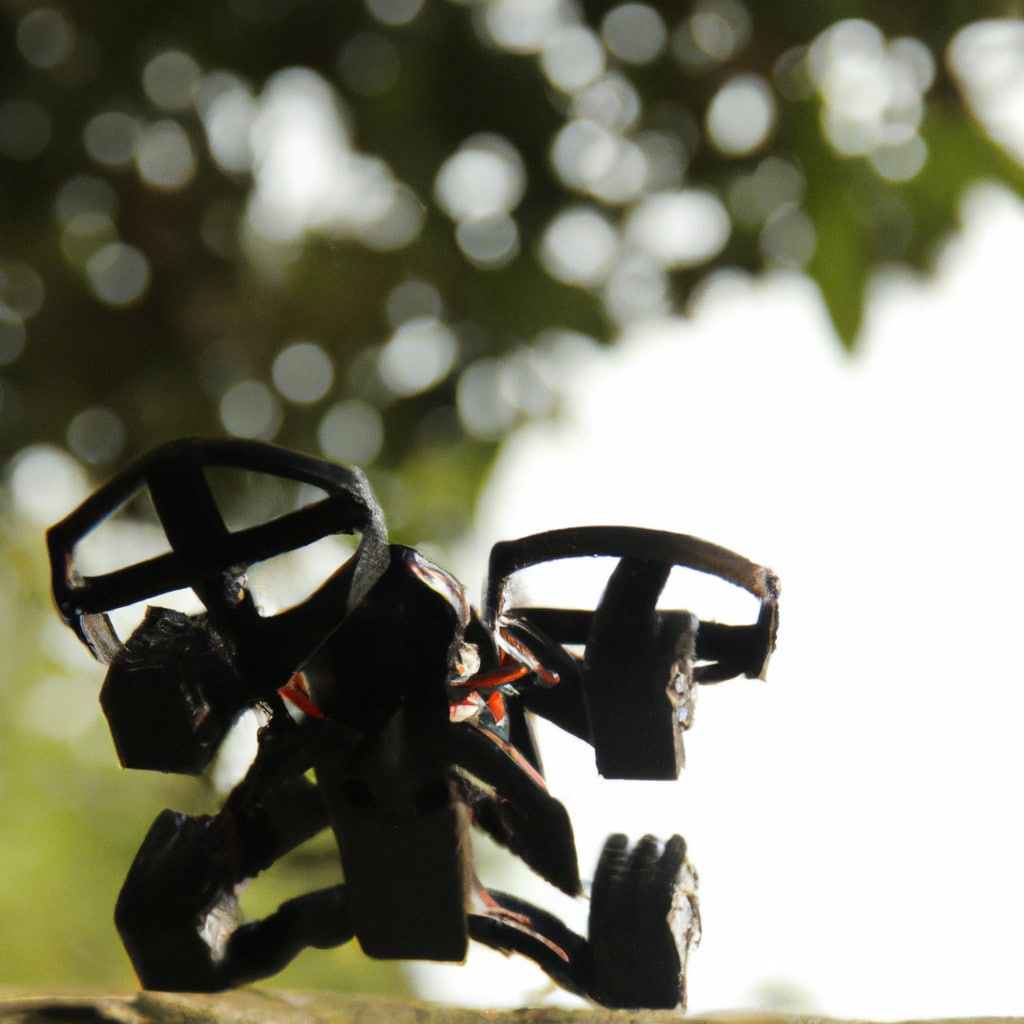
Developing Problem-Solving and Critical Thinking Skills
RC robots are powerful tools for developing problem-solving and critical thinking skills. As learners engage with these robots, they encounter various challenges and obstacles that require them to think analytically and find innovative solutions.
One of the key benefits of RC robots is their ability to foster problem-solving skills through hands-on exploration. When faced with a task or a problem, students must analyze the situation, break it down into smaller components, and devise a strategy to overcome it. This process encourages them to think critically, evaluate different approaches, and make informed decisions.
Furthermore, RC robots provide an environment for students to engage in open-ended exploration and experimentation. They can test different ideas, modify robot designs, and observe the outcomes. This trial-and-error approach not only develops problem-solving skills but also encourages learners to embrace failure as a learning opportunity. By learning from their mistakes and iterating on their designs, students develop resilience and perseverance.
In addition to problem-solving, RC robots also promote critical thinking skills. Students are encouraged to analyze problems from different angles, evaluate evidence, and make logical connections. They learn to ask probing questions, consider alternative perspectives, and make well-reasoned judgments. This ability to think critically is essential in today’s complex and rapidly changing world.
Moreover, RC robots often require collaboration and teamwork. In group activities and competitions, students must communicate effectively, share ideas, and work together to achieve a common goal. This collaborative environment fosters critical thinking by encouraging students to consider different viewpoints, challenge assumptions, and find innovative solutions through collective intelligence.
Another aspect of critical thinking that RC robots promote is problem anticipation and prevention. Students learn to identify potential issues or challenges before they arise and take proactive measures to mitigate them. This forward-thinking approach helps students develop a strategic mindset and the ability to plan ahead.
Additionally, RC robots provide opportunities for students to think creatively. They can experiment with different configurations, explore alternative solutions, and push the boundaries of what is possible. This creative thinking not only enhances problem-solving skills but also nurtures innovation and out-of-the-box ideas.
Overall, RC robots play a vital role in developing problem-solving and critical thinking skills. Through hands-on exploration, open-ended experimentation, collaboration, and creative thinking, students are equipped with the essential skills needed to navigate the challenges of the 21st century. These skills go beyond the realm of robotics and have a lasting impact on their academic, personal, and professional lives.
Promoting Creativity and Imagination
RC robots are not only educational tools but also catalysts for promoting creativity and imagination in learners. These robots provide a canvas for students to express their ideas, explore their imagination, and bring their visions to life.
One of the key benefits of RC robots is the opportunity for customization. Students can personalize their robots by adding unique features, designing custom accessories, or even giving them a distinct personality. This freedom to customize encourages students to think outside the box, experiment with different ideas, and unleash their creativity.
Moreover, RC robots often come with open-ended programming capabilities, allowing students to create their own unique behaviors and functions. By writing code, students can program the robot to perform specific tasks, respond to different stimuli, or even interact with the environment in creative ways. This programming aspect not only enhances technical skills but also encourages students to think creatively about how they can use the robot to solve problems or entertain others.
In addition to customization and programming, RC robots inspire imaginative play. Students can create stories, scenarios, and missions for their robots, turning them into characters in their own narratives. This imaginative play not only sparks creativity but also enhances language and storytelling skills. Students can develop dialogue, plotlines, and character development, fostering their ability to think creatively and communicate effectively.
Furthermore, RC robots can be used as tools for artistic expression. Students can attach drawing tools to the robot and program it to create unique artworks. They can explore different artistic techniques, experiment with colors and patterns, and unleash their imagination on a canvas. This integration of art and technology not only nurtures creativity but also encourages students to explore the intersection of different disciplines.
RC robots also provide opportunities for students to engage in collaborative creativity. In group activities or competitions, students can work together to design and build robots that solve specific challenges or perform complex tasks. This collaborative environment encourages students to share ideas, brainstorm solutions, and combine their creative abilities to achieve a common goal.
Moreover, RC robots can serve as inspiration for future innovation. By engaging with these robots, students can witness the possibilities of technology and be inspired to pursue careers in STEM fields. They can see how their creative ideas can be transformed into tangible solutions and make a positive impact on the world.
Overall, RC robots play a crucial role in promoting creativity and imagination in learners. Through customization, programming, imaginative play, artistic expression, collaborative creativity, and inspiration for future innovation, these robots unlock the creative potential within students. By encouraging them to think outside the box, explore their imagination, and unleash their creativity, RC robots pave the way for a future generation of innovative thinkers and problem solvers.
In conclusion, the educational benefits of RC robots are undeniable. These fascinating machines have the power to transform the way we learn and play, offering a unique and engaging experience for learners of all ages. From enhancing STEM learning and developing problem-solving skills to promoting creativity and imagination, RC robots provide a multitude of opportunities for educational growth.
The hands-on nature of RC robots allows learners to actively engage with the material, gaining practical experience and a deeper understanding of complex concepts. By manipulating the robots and observing their movements, students can explore scientific principles, experiment with different forces, and develop a solid foundation in STEM disciplines.
Moreover, RC robots foster collaboration and teamwork, essential skills for success in the modern world. Students can work together, share ideas, and communicate effectively to achieve common goals. This collaborative environment not only enhances problem-solving abilities but also nurtures social and interpersonal skills, preparing learners for future careers and life challenges.
RC robots also ignite creativity and imagination in learners. Through customization, programming, and imaginative play, students can unleash their creativity, think outside the box, and explore their own unique ideas. These robots provide a canvas for students to express themselves, experiment with different solutions, and push the boundaries of what is possible.
Furthermore, RC robots inspire a love for learning and a passion for STEM fields. By engaging with these robots, students can witness the possibilities of technology and be inspired to pursue careers in science, technology, engineering, and mathematics. They can see firsthand how their creative ideas can be transformed into tangible solutions that make a positive impact on the world.
As we continue to advance in technology, the potential of RC robots in education is only growing. With the integration of artificial intelligence and machine learning, these robots are becoming even more intelligent and capable. They can adapt to individual learning needs, provide personalized feedback, and create immersive learning experiences.
In a world where the demand for STEM skills is increasing, RC robots provide a gateway to a future of innovation and discovery. By fostering creativity, problem-solving skills, critical thinking, and collaboration, these robots prepare learners for the challenges and opportunities of the digital age.
So, why limit ourselves to traditional educational methods when RC robots can unlock a world of knowledge and endless possibilities?
